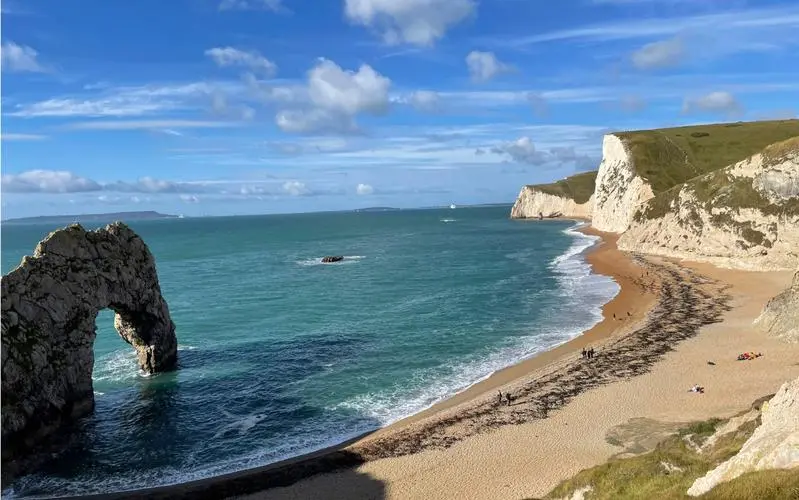After contributing to this project via Bilbo Baggins of the Shire’s research into the mythical founder of my hometown, King Bladud, I realised that the vicinity of my hometown is rich in myth and folklore so thought I’d share some of the stories here. I invite the Project Enchantia team to build on my work below through further research.
-
-
Crop Circles
These are common summer occurrences across the farmland where the counties of Wlitshire, Somerset and Dorset meet. I have visited a few myself and they are very strange with the crops bent at a 90° angle about 30cm from the ground. It is difficult to explain them. There are theories about UFOs and aliens and the power of mystical let lines.
Connection to globalisation and sustainability: I suppose if there really are aliens creating these things, it will have an impact on the world far beyond the local area (a sort of globalisation?) but perhaps more significantly, the image of a crop circle has been shared around the globe on a Led Zeppelin album cover and surely the soft power of rock music must connect to globalisation in various ways.

This Led Zeppelin album cover shows a crop circle from the Wiltshire countryside in 1990. -
Witch of Wookey
Apparently a witch once lived in the famous cave of Wookey Hole and was blamed for all manner of local misfortunes. A monk came from nearby Glastonbury (itself rich in local myths and legends) and turned the witch to stone. Visitors can see her petrified corpse amongst the stalagmites in the cave.
Connection to globalisation and sustainability: The witch represents pagan beliefs and the monk represents Christianity so this myth can be interpreted as a simple replacement of one culture with another.
-
Cerne Abbas Giant
This myth is interesting, or as we say in China, about doing something interesting 🤔
It is the outline of an enormous naked man carved into the side of a hill. There are different theories about who he might be (maybe Hercules) and how old the artwork is (at least since 17th century) but the most important aspect is its status as a fertility symbol. Visitors who are trying for a baby will walk up to the monument to make physical contact with a certain part of the giants body which, local legend has it, grows bigger every year!

Click on the photo to read more about the Cerne Abbas Giant As a symbol of fertility, the Cerne Abbas Giant clearly connects with sustainability. Fertility is quite obviously the fundamental requirement for sustaining animal and plant life and without it there wouldn’t be much to sustain, and there would certainly be no humans to write blog posts creating connections between myths and sustainability.
-




can you add one picture for each part?